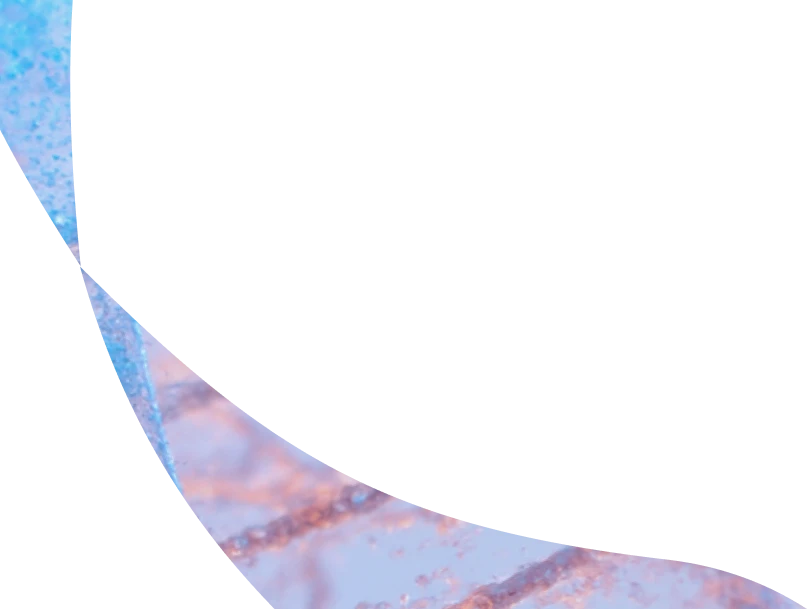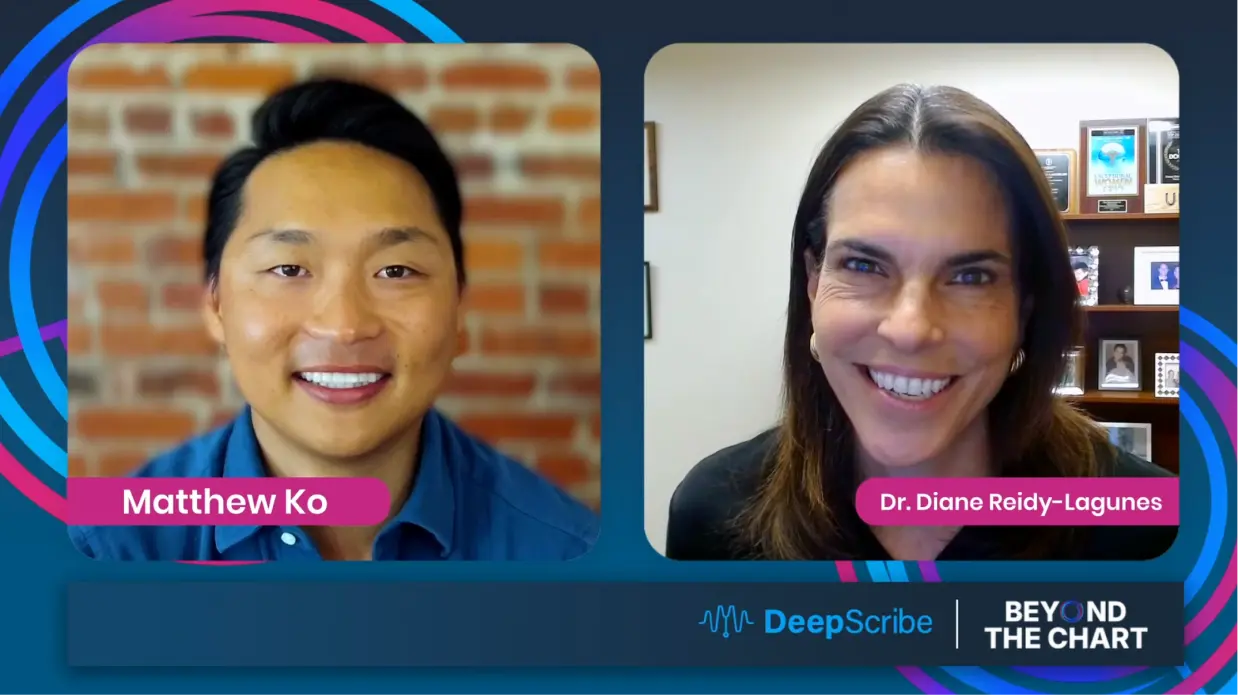How difficult is it to get a medical scribe job?
Unlike the scribes of the past, which worked grueling hours under stressful conditions, our remote scribe positions are flexible, can adapt to your schedule, and prepare you for a healthcare industry that is advancing at an exponential pace.


How difficult is it to get a medical scribe job?
Around 13 years ago, swift implementation of electronic health records and new medical documentation requirements gave rise to a booming medical scribe industry. By late 2010, medical scribes were one of the fastest growing industries in the United States. Back then, healthcare providers were scrambling to find solutions to a medical documentation landscape that changed seemingly overnight, and scribes were the most effective solution.
Scribes provided clinicians with a giant lift amidst drowning levels of paperwork, and with less federal regulations, more demand, and cheaper costs, they were an excellent alternative. Additionally, medical school applicants were able to use hours working as scribes to complete the clinical hours necessary for acceptance rather easily. All to say, getting a medical scribe job then was relatively easy.
In the years since, as medical documentation requirements become more stringent and regulations tightened, the scribe industry is approaching an inflection point. Today, medical scribe jobs are not nearly as popular and available as they once were. Let’s look at what led us to this point:
HITECH and Meaningful Use in 2009
In 2009, the US Federal government passed the HITECH and Meaningful Use acts which, in short, financially incentivized healthcare organizations to adopt more robust medical documentation methods and electronic health records as a means of optimizing insurance billing and reimbursement, as well as care transparency with patients.
Strapped for cash at the tail end of the 2008 financial crisis, care organizations across the nation immediately jumped at an opportunity to increase their revenue, and thus immediately adopted the new changes, almost blindly. The result was a massive influx of documentation that clinicians across healthcare were required to complete for each patient encounter. Rather quickly, clinicians began drowning in the administrative workload. As clinician burnout began rising across healthcare, scribe positions quickly opened at practices across the nation as a way to help clinicians cope with a bevy of new bureaucratic tasks.
Scribes
For years, scribes were the preferred documentation aid for clinicians looking to offload their documentation load. Typical scribes are competent, have good reading and writing skills, are above average typists, and thrive in a fast paced environment. Traditional scribes help clinicians document encounters in real time, as well as fill patient information into the electronic health record.
For years, the healthcare industry proceeded like this — using scribes to offload bureaucratic tasks like data entry. But over time, regulations began to heighten and scribes suddenly became less of an enticing option for providers. New regulations severely limited the scope of a scribe’s job, and punished providers who allowed scribes to perform job duties that were beyond the scope of their training or licensing. Suddenly, scribes became a malpractice liability for providers. As such, the demand for more trained scribes increased, and so did the costs.
Slowly, healthcare providers began searching for alternative methods to their documentation needs, and so began rising the prevalence of dictation devices and transcription services. These medical documentation services outsourced the bulk of the bureaucratic load and relied on alternative, cheaper, more on-demand services than those of a traditional scribe. During this time, scribes were still prevalent, as they are today, but their widespread utility had taken a hit.
Recommended Reading: In-Person Medical Scribes: The Good, The Bad, and The Ugly
Medical Assistants
Today, as the documentation burdens continue to increase, and the usability and practicality of scribes, dictation and transcription services decreases, it has become clear that what providers need are personal assistants, rather than simple documentation tools.
The Bureau of Labor Statistics backs these trends as well. Their figures suggest that medical scribe jobs and medical transcriptionist jobs will continue to decline over the next decade as more novel positions enter the field of medicine. These roles, while not exhaustive, include positions such as Medical Assistants, Medical Records Specialists and Medical Operations Analysts — all of which can help reduce the bureaucratic load, while optimizing what providers do best: deliver care.
Additionally, record investments in the digital health space, specifically as it relates to workflow optimization and AI documentation solutions have reached all-time highs in each of the last 3 years.
These projections, combined with a clear investment into alternative solutions, suggest that care providers are not satisfied with their current tools, and are looking to the future for the next solution — one that is secure, affordable, and more efficient.
In short, traditional medical scribe jobs are no longer easy to get. The position is fading, and, just like clinicians, it is time for medical students and young professionals to look towards the future.
AI Powered Medical Scribes
At DeepScribe, we use a combination of artificial intelligence, machine learning, and remote medical scribes to automate medical documentation for clinicians and provide them with the tools they need to provide high quality, efficient care.
At DeepScribe, our remote medical scribe jobs are easier to get than a traditional scribe job, and are a great way to bridge the gap between yesterday and tomorrow, all while gaining invaluable industry exposure and completing clinical hours for medical school. Unlike the scribes of the past, which worked grueling hours under stressful conditions, our remote scribe positions are flexible, can adapt to your schedule, and prepare you for a healthcare industry that is advancing at an exponential pace. Working with DeepScribe will expose you to nearly two dozen medical specialties, and more closely align you with the Medical Assistants and Record Specialists of the future, rather than the scribes of the past.
text
Related Stories
Realize the full potential of Healthcare AI with DeepScribe
Explore how DeepScribe’s customizable ambient AI platform can help you save time, improve patient care, and maximize revenue.




